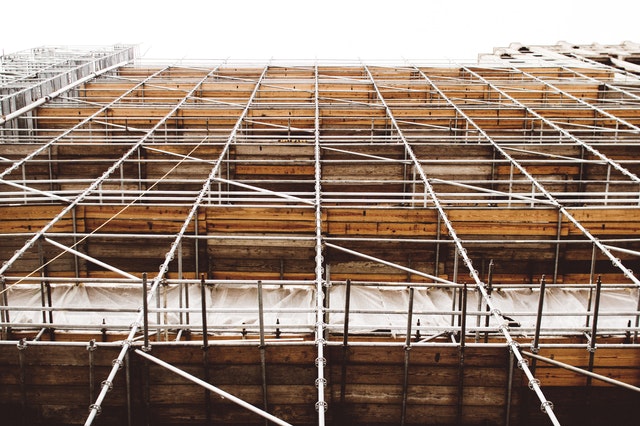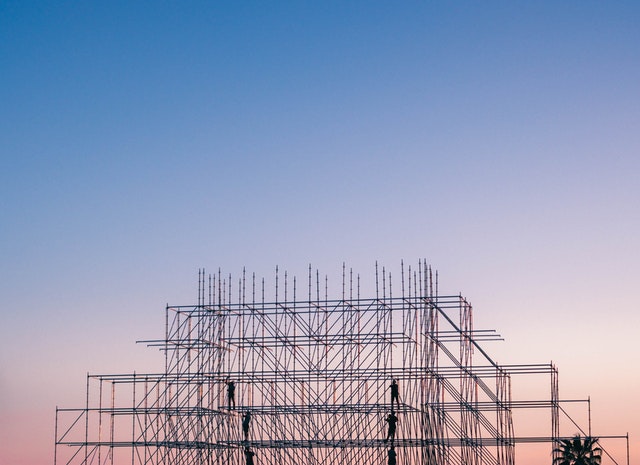Scaffolding is the foundation for all construction projects and has existed ever since they created building structures. As its main purpose is to give construction workers entry into elevated levels while in construction. These platforms are typically created as an aid for the employees to keep building materials in place including bricks or cast-in-place concrete. With the variety of different structures in existence, this means there are many different types of scaffolding to use to support every kind of building structure. Examples include kwikstage, tube & clip, and wooden & bamboo scaffolding. Today, we’re going to take a look at the 3 different scaffolding types for buildings to choose from.
Why is there a range of different scaffolding options out there?
There is an array of different scaffolding types depending on what is accessible locally and what system the construction workers know the most. In Australia and Scotland, Kwikstage is the most used type of platform. Whereas in England and Wales, tube and clip forms of frames are typically operated. In Northern Europe and Scandinavia, aluminium is the favourable choice for platforms. This is because aluminium has a more feeble weight than steel, meaning it has to be placed manually which ultimately speeds up the scaffolding installation process.
As a result, construction companies save money on labour costs as not as much time is wasted, using the rest of the money on more important things. However, in other areas aluminium is a costly option therefore they rely more on platform structures made from bamboo and wood. In the following sections, we’re going to take a look at a few different types of scaffolding.
1. Bamboo & Wooden

Despite the fact that it is possible to utilise wooden & bamboo scaffolding virtually anywhere, it is more the standard process in Europe and Northern America. Lumber that was already chopped was the typical go-to for construction sites up until steel was a more cost-effective solution. Bamboo is typically used in Asia where it is known for its adaptability, eco-friendly, and robust qualities. In Hong Kong, it uses bamboo for most of its architecture, even skyscrapers. Incredibly talented technicians work to produce the structure, with an onset of different stories for bamboo.
2. Tube & Clamp
Tube and clamp scaffolding is one of the oldest forms of steel platforms which together are referred to as ‘couples’. It is a highly beloved choice simply because you can conveniently set up and uninstall the structure. You link up the tubes in order to make horizontal and vertical runs which are connected with clamps to keep the structure in place. This system is incredibly flexible as you put all the verticals where you most require them to be. Tube and clamp is highly versatile as it can create unique shapes such as straight to even round and other odd styles. Tube and clamped is perfect for construction sights as it is corrosion and rust proof, making it the ideal option for areas that harbour a lot of harsh weather conditions.
3. Kwikstage
Kwikstage is a form of systems scaffolding whereby parts of the structure have been pre-engineered in order to speedily and conveniently link up. It is the most popular form of platform around the world with the majority of manufacturers following suit. Kwikstage is typically used in Australia and the UK, utilised in a range of buildings from residential to commercial. This is because they are incredibly versatile as well as simple to install. As it only has five different components, you can see why it’s so easy. They even now have double guard rails and non-slip features in order to keep workers secure and steady.




